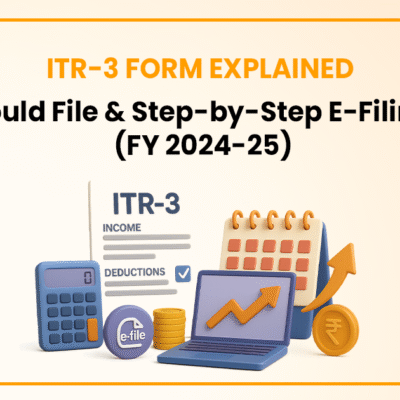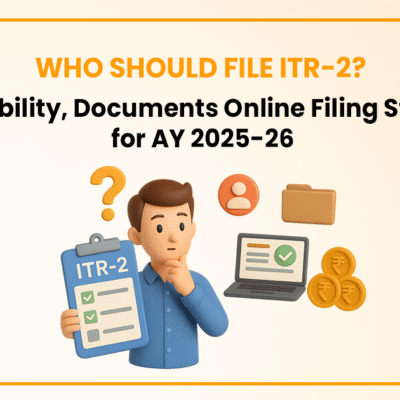Drafting and Importance of Business Transfer Agreement in India
- April 3, 2021
- Agreement Drafting
For any merger and an acquisition, it is important to note that such a transfer requires how such a transfer is acquired along with what has been acquired. Such a structural transaction is what makes or breaks the deal. While preparing for a transfer, it is pertinent to have such provisions in future that can outweigh the things compromised to that of the transactions. While selecting the mode of an acquisition, it has the capability and far-reaching implications for both the buyer and the seller. Various factors involving both the seller as well as the buyer may be involved, including the successor liability, legal compliance, taxation as well as stamp duty.
There are various means through which an entity may be acquired, including some only picking up the required assets which would be beneficial for the company while the other may be acquired. There are various reasons for which a company may decide to transfer one or more of its business lines, including lack of profit, requiring management and specialisation to cater to such requirements.
| Table of Content |
What are Business Transfer Agreements and what constitutes such kind of agreement?
For any company, the restructuring of its business is extremely difficult, be it financial, technological or even organisational by the process of merger, amalgamation, arrangement, compromise along with the strategic alliance. The business transfer agreement is an agreement between the transferor to the transferee company to execute the transfer and sale of an entire business undertaking of the seller on a growing concern based on a lump sum consideration.
In India, the word business transfer is often used interchangeably with a slum sale. Under the Income Tax Act, 1961 the word slum has been defined under Section 2(42 C) as nothing but a transfer of one or more undertakings as a result of the sale for lump sum consideration without values being assigned to the individual assets. For a business transfer transaction, the following are some of the fundamental requirements:
- Transfer by way of sale: Under Section 2(47), it recognises multiple forms of transfers two of them being transferred by way of sale and transfer by way of exchange. According to the section mentioned above, a slump sale would only be constituted if it is done through the transfer of an exchange and not by any other method.
- Transfer by way of an undertaking- Essentially the transferable things that are required to be transferred are undertakings of the seller. The competent parties for such a transaction have the liberty to identify and agree upon such an undertaking to be transferred.
- Going concern basis- The test kays down the ability to continue te business activity even after the transactions. Sometimes it may happen that without any reasons for the undertaking to be necessarily a slump, it can be inferred that it is not necessary that the undertaking should be a slump to affect the slump sale.
- Lump-sum consideration- The consideration for the slump has to be a lump sum figure rather than that of it being attributed or paid investments. It is not individual assets that the buyer is buying rather than that stand-alone business in entirety. Thus the considerations have to be a whole rather than that of it being done in investments.
- Assets and liabilities- The main essence of an undertaking is the transfer of an undertaking as a whole. If it is found or does happen that the transfer assets of an undertaking are done without the transfer of liabilities, then the same would not qualify to be regarded as a slump sale. In such a circumstance, it cannot be said that the undertaking has been transferred as a whole and that consequently, the provisions of the sale cannot be applied.
The slump sale or the business transfer agreement is an attractive option for a business that would want or desire of sharing or selling an undertaking, with regards to the complexities involved in it in determination to the various costs and taxes in the case of transfer of business.

Importance of Business Transfer Agreement
The Business Transfer Agreement is a very crucial document for completing business transactions due to the following reasons:
- It helps to improve the performance of business post-integration.
- It helps to improve focus on core areas and optimize operational synergies.
- It helps to facilitate strategic investments.
- It helps to avail of tax and regulatory advantages associated with the business.
Modes of execution of Business Transfer Agreement
A business transfer agreement can be of two types –
- Agreement to sell – It in this the manner in which the business undertaking shall be sold will be provided. There is no immediate transfer of undertaking but this agreement lists out the intention of the parties.
- Deed of conveyance – Through this agreement, there is a sale or transfer of an undertaking and consideration is paid for such transfer. It is also referred to as a sale deed.
Steps to draft a business transfer agreement
In order to give effect to a sale or transfer of business by the method of slump sale, a business transfer agreement is entered into by and between the parties, wherein the entire business undertaking is transferred to the purchaser on a going concern basis, i.e., the business is being transferred in a running condition. A business transfer agreement gives an overview of the type of transaction, terms of sale and details transfer, representations and warranties of the seller and of the purchaser, condition precedents, etc. A business transfer agreement lists down assets, liabilities, contracts, capitals, taxes, intellectual property and other provisions which are discussed below in detail.
Features of Business Transfer Agreement
1.Schedule of Assets: In the business transfer agreement schedule of asset is prepared which is basically a list of all the assets which is present with the business.
2.Schedule of Liabilities: In a similar manner list of liabilities which are present in the business in the business transfer agreement.
3.Detail of creditors: It contains information regarding the creditors of company along with the names, details of their credit.
4.List of contracts: All the important contract and their details thereunder shall be prepared and disclosed to the transferee
5.List of employees: In order to carry out integration smoothly it’s important that the list of current employees are to be provided by transferor to transferee
6.Lump-sum consideration: The consideration under business transfer agreement is done through a lump sum amount and not on the basis of specific assets.
7.Name of parties: Name of the Transferee and Transferor should be mentioned along with their authority should be stated clearly. Their addresses should also be mention in business transfer agreement.
8.Closing date: It is the date under which the whole process of transfer should be completed
Takeaway
The Business Transfer Agreement is essentially one that requires a lot of thinking. Such a process may seem to be easy but involves a lot of complexities. Different laws and other legal mechanisms may be involved in such a process, and therefore such mechanisms need to be taken care of while undergoing through merger and acquisitions. A company may go through a BTA during various circumstances depending on his need and in the same way, the buyer may resort to certain assets or may take up the entire business.
Company Secretary and diligent learner deeply immersed in the world of corporate law, compliance, and governance with a focus on developing a robust foundation in legal principles and corporate practices. Passionate about exploring the intricacies of company law, regulatory compliance, and corporate governance.
Categories
- Agreement Drafting (23)
- Annual Compliance (13)
- Change in Business (37)
- Company Law (150)
- Compliance (90)
- Digital Banking (3)
- Drug License (4)
- FEMA (17)
- Finance Company (42)
- Foreign Taxation (9)
- FSSAI License/Registration (15)
- GST (124)
- Hallmark Registration (1)
- Income Tax (214)
- Latest News (36)
- Miscellaneous (170)
- NBFC Registration (8)
- NGO (18)
- SEBI Registration (6)
- Section 8 Company (10)
- Start and manage a business (27)
- Startup/ Registration (134)
- Trademark Registration/IPR (48)
Recent Posts
- Major Upgrade: Breaking Down GST 2.0 September 15, 2025
- New Income Tax Bill 2025 August 27, 2025
- ITR-3 Form Explained: Who Should File & Step-by-Step E-Filing Guide (FY 2024-25) June 25, 2025
All Website Tags
About us
LegalWindow.in is a professional technology driven platform of multidisciplined experts like CA/CS/Lawyers spanning with an aim to provide concrete solution to individuals, start-ups and other business organisation by maximising their growth at an affordable cost.








